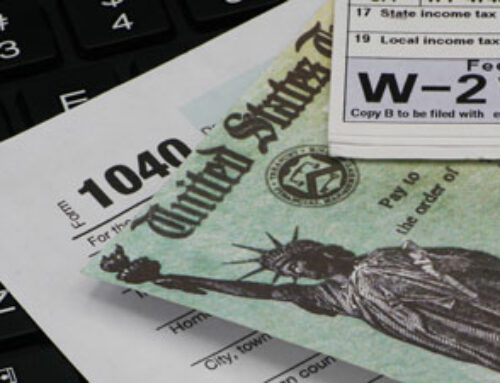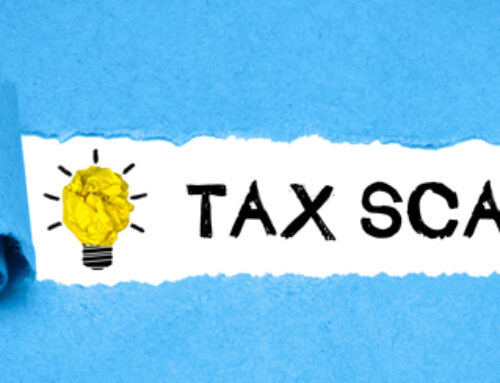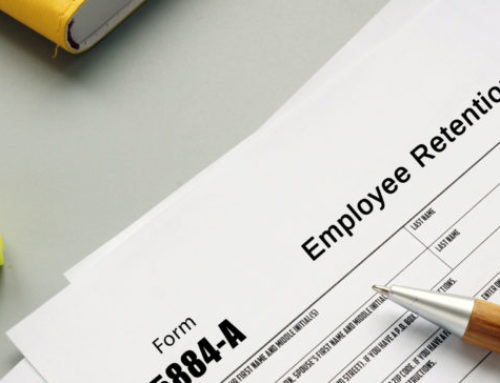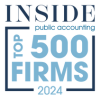Congress Passes Bill to Extend Paycheck Protection Program to 24 Weeks
The Paycheck Protection Program Flexibility Act of 2020 (Act) passed Congress and is on its way to President Trump who is expected to sign it. The Act makes important changes to the Paycheck Protection Program (PPP).
Covered Period
The covered period can now be either the original 8 weeks or the borrower can choose 24 weeks from loan origination. The purpose of this is to allow more flexibility for when the money needs to be spent and to help more borrowers achieve full forgiveness. The covered period chosen also affects the covered period used for full time equivalent employee (FTE) calculations and salary/wage reduction calculations. However, some exceptions to the reductions exist.
Percentage Spent on Payroll
Prior to this Act, at least 75% of the total amount forgiven was required to be spent on payroll. The Act reduces that percentage to 60% to allow businesses with higher overhead costs to use more of the funds for those purposes.
Exceptions to FTE Requirements
The Act adds two new exceptions to the requirement to restore to full employee levels by December 31, 2020:
- If the borrower documents an inability to rehire individuals who were employees on February 15, 2020 AND an inability to hire similarly qualified employees for unfilled positions on or before December 31, 2020, OR
- If the borrower documents “an inability to return to the same level of business activity as such business was operating at before February 15, 2020, due to compliance with requirements established or guidance issued by the Secretary of Health and Human Services, the Director of the Centers for Disease Control and Prevention, or the Occupational Safety and Health Administration during the period beginning on March 1, 2020, and ending December 31, 2020, related to the maintenance of standards for sanitation, social distancing, or any other worker or customer safety requirement related to COVID-19.”
The Act also modifies a previous exception that allowed the borrower to restore employment levels and payroll amounts to pre-pandemic levels by June 30, 2020 to qualify for forgiveness. The Act moves that date to December 31, 2020.
Repayment Term
Prior to this Act, any amounts not forgiven were to be repaid within 2 years of the origination date of the loan. For any loans originated after the date of the Act, the minimum repayment period is 5 years. For any loans originated previously, the lender and the borrower could mutually agree to modify the terms of the loan to conform with this Act.
Loan Payment Deferral
Prior to this Act, PPP loans were required to start principal and interest repayments six months after loan origination. This would have left many borrowers in the position of having to start making payments on loans before forgiveness was determined even when all or most of the loan amounts would ultimately be forgiven. This Act corrected that by extending the payment deferral period for any loan amounts not forgiven until the date on which the lender receives the forgiven amount from the Small Business Administration.
Deadline to Apply for Loan Forgiveness
The borrower must apply for loan forgiveness within 10 months of the last day of the covered period chosen. If the borrower does not apply within 10 months, no amounts will be forgiven, and loan repayments shall begin immediately.
Payroll Tax Deferral
The Act now allows borrowers who have PPP loans to also defer payment of payroll taxes under the CARES Act provisions.
The next step for borrowers is to determine which covered period will be used. There are numerous considerations and, unfortunately, in many cases the answers may not be clear. While it may appear that 24 weeks is better than 8 weeks, that is not necessarily true when you add in that you may also have to maintain your payroll levels for a longer period of time with no additional funding to cover it. We do anticipate that over the coming weeks we will continue to get guidance and clarification on these new changes and potentially more changes, but until then we will help guide you to making the best decision you can with the information we have right now. Since planning to maximize forgiveness must be done prior to the end of the covered period, that means that any organization that will use the 8 week covered period will need to start that planning soon as the end of the 8 week period is coming very soon for many organizations. We are here to help and highly recommend you contact us to discuss your specific situation as soon as possible.
We continue to monitor changes to the PPP and will continue to distribute relevant information as soon as it becomes available.
Click Here to see the full list of our Covid-19 Resources







